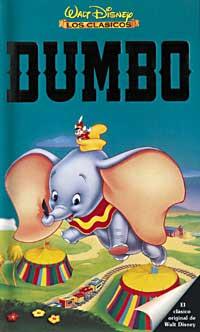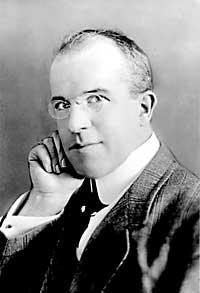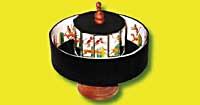Computer pen cartoons

English journalist John Stuart Blackton publicly presented in April 1906 the film Humorous Phases of Funny Faces. It was the first film made using the cartoon technique.
However, the cartoon road was already open. XIX. Several devices that were invented in the mid-twentieth century began cycling activity. The zootrope, for example, was one of the first. It was invented by the English William George Horner. It was a metal cylinder, rotating, with lateral holes that allowed to observe the drawings placed inside the cylinder. The drawings were of the same thing or body, placed below. Thus, when the cylinder was driven quickly it seemed to move.
In the years after the zootrope, with various improvements, new devices of singular name were created: Joseph Plateau's phenytoscope, John Ayton's taumatrope, or Emile Reynaud's praxinoscope, for example. Reynaud managed to improve image quality and project non-cyclical movements. The praxinoscopy was founded in 1877, but later the Frenchman improved noticeably: he managed to project himself on perforated ribbons. Until 1892 he performed in Paris.
Stuart Blackton's first film was followed by the second, titled The haunted house. The second film by the English journalist was very successful and soon the technique that caused the movement of lifeless things spread among filmmakers. Puppets, dolls, furniture… came to life. Thus the animation was born.
The Real Revolution

In the coming years there were small but essential advances. One of them, a transparent sheet of celluloid, revolutionized the fantastic world of cartoons. It was patented by the American Earl Hurd. The transparent sheets allowed to superimpose on a fixed background the drawings that reflect different movements. With other improvements, the progress was continuous. For example, the rotoscope of the Fleischer brothers allowed to compute cartoons about the projections of real characters, Walt Disney sounded the drawings... Tom and Jerry, Popeye and cat Felix became famous.
Thanks to the technological advance, the tricks and effects became more and more powerful among the cartoons. In this, the computer has been a milestone. The computer has created and is provoking a very clear line between the past and the future of cartoons.
3D drawings
It is difficult to distinguish between the real and the created through drawings. Other times it is very evident that they are drawings, but they have very real forms, movements and behaviors. All this is achieved through computers, through drawings in three dimensions.

There are several ways to create drawings in three dimensions. Many times they start from a drawing of what they want to achieve. An anterior and lateral view of the drawing is placed and inserted into a cube. The cube is then divided over and over again and these subsections are modeled to create shapes that fit the initial drawing.
Once created the body should be prepared to animate the image. To do this a skeleton is created taking as model the human skeleton. Establish joints between bones and adjacent bones and muscles. In this way, moving the bone will also move the partners. In the sequence of images, however, it is enough to set certain movements of the body; all intermediates are calculated by the computer.
There is another technique to create movement: Motion Capture. Using cameras and sensors, the movement of an actor is captured and inserted into the computer. The sensors are placed in the main joints of a person and the person performs the movements required by the script.

To give ‘life’ to the character you have to add, in addition to the movement, the language. Today the oral movement for a particular language is not created, since the cartoon productions are usually doubled to many languages. The cartoon market is very wide.
From there, it is only necessary to place the character on the corresponding pitch. That is the process of 3D creation. The next step is to add funds. They can be two-dimensional or three-dimensional, regardless of the technique with which the characters were born. It is the capacity of computers.





